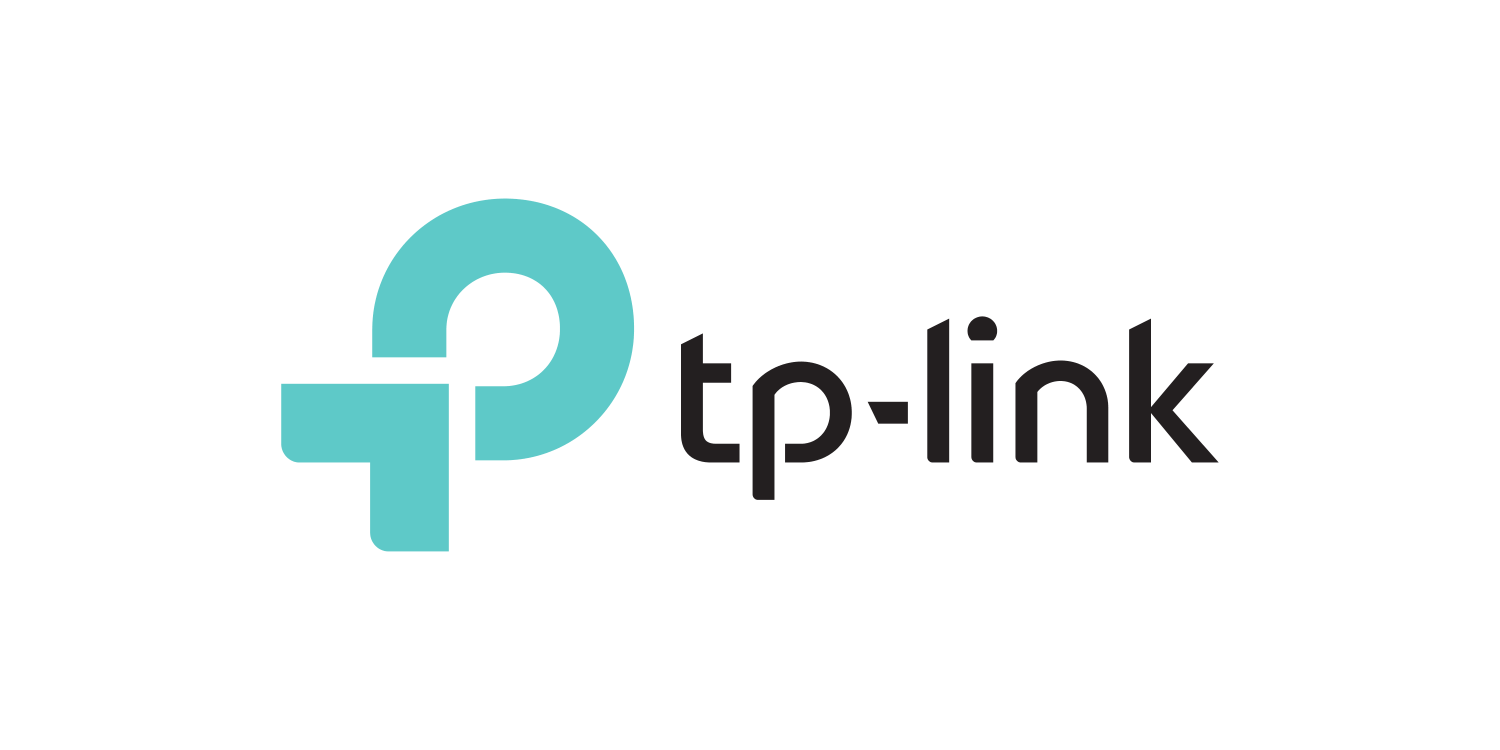What Wi-Fi 7 Can Do For Your Network

The story was originally posted by Riley_S in What Wi-Fi 7 Can Do For Your Network
What Wi-Fi 7 Can Do For Your Network
Hi, Wi-Fi 7 – Global TP-Link Wi-Fi 7 Launch Event
Learn more about how TP-Link is planning on bringing Wi-Fi 7 to homes and businesses during our Wi-Fi 7 Product Launch Event, Hi, Wi-Fi 7.
The Live Event will Take Place at 10:00 AM PST on November 14th, 2022.
Register to Receive Event Updates: 'Hi, Wi-Fi 7' Main Page
Join the Discussion on Wi-Fi 7 After the Event: Official Community Post
Evolution of Wi-Fi standards
Ever since the first IEEE 802.11 project was launched over 32 years ago, the connection has changed and been improved on ever since. 802.11n Wi-Fi 4 (64 QAM) first introduced the 5 GHz band and MIMO technology. Since then, Wi-Fi 6 and Wi-Fi 6E have become the standard for wireless communications in both home and enterprise settings. The latest 6 GHz band has taken a giant leap forward for Wi-Fi.

Today, with the higher networking performance demands and a more responsive connectivity environment, Wi-Fi 7 represents the next step into the future. Some vendors like Qualcomm, Broadcom, and Media Tek, have begun to promote Wi-Fi 7 solutions.
Introducing Wi-Fi 7
Wi-Fi 7 is the latest Wi-Fi standard, also known as IEEE 802.11be Extremely High Throughput (EHT).
Like Wi-Fi 6E, Wi-Fi 7 will operate on the 2.4 GHz, 5 GHz, and 6 GHz bands. For the first time, this cutting-edge technology introduces the 320 MHz channel bandwidth, 4096 QAM, 16 spatial streams, Multi-RU, and Multi-link operation. Wi-Fi 7 dramatically hits the peak data rates of 40 Gbps, more than four times faster than Wi-Fi 6/6E and about six times faster than Wi-Fi 5. These features offer 50% lower latency than Wi-Fi 6, increasing transmission efficiency. Wi-Fi 7 will allow larger network capacity for more devices and deliver more reliable performance in crowded networks.
PHY layer enhancements
- Wider 320 MHz channels and more channelization: The 320 MHz channel with 6 GHz spectrum doubles throughput comparing the 160 MHz channel. It will reduce competition over bandwidth and drops in speeds.
- Newly 4096 QAM Modulation: Wi-Fi 7 supports higher modulation orders from 1024 to 4096 QAM. Using 4096 QAM, the data rate is 20% faster than Wi-Fi 6 1024 QAM.
- Preamble Puncturing: To avoid interference, this new enhancement allows selective puncturing of overlapping portions of the spectrum to let the data flow only on the clear frequencies. It makes a huge difference, especially in a crowded network environment.
MAC layer enhancements — MLO
Multi-Link Operation (MLO) enables link aggregation, allowing more than seven times the aggregate data rate than Wi-Fi 6. Other benefits such as higher reliability and lower latency are perfect for smooth video streaming, extreme online gaming, and immersive AR/VR.

*The FCC opened up 1200 MHz (7× 160 MHz) of spectrum in the 6GHz band, paving the way for Wi-Fi 6E in the US.
*The European Union has opened up 480 MHz (3× 160 MHz) spectrum in the 6GHz band to implement wireless access systems.
What does this next-gen Wi-Fi mean to you?
Are you troubled by an increasing number of wireless devices? Are your devices always getting stuck in heavy traffic? Are you concerned about overcrowding on the 2.4 GHz and 5 GHz bands or interference from your neighbors? Wi-Fi 7 will fix all these problems, taking your everyday network performance to a new level. It is ideal for various use cases such as 8K media streaming, large file transfer, AR/VR, cloud computing, remote work, and video meetings.
TP-Link will become one of the pioneers leading the way of Wi-Fi 7 and will remain one of the strongest providers of wireless networking technology in the future.

